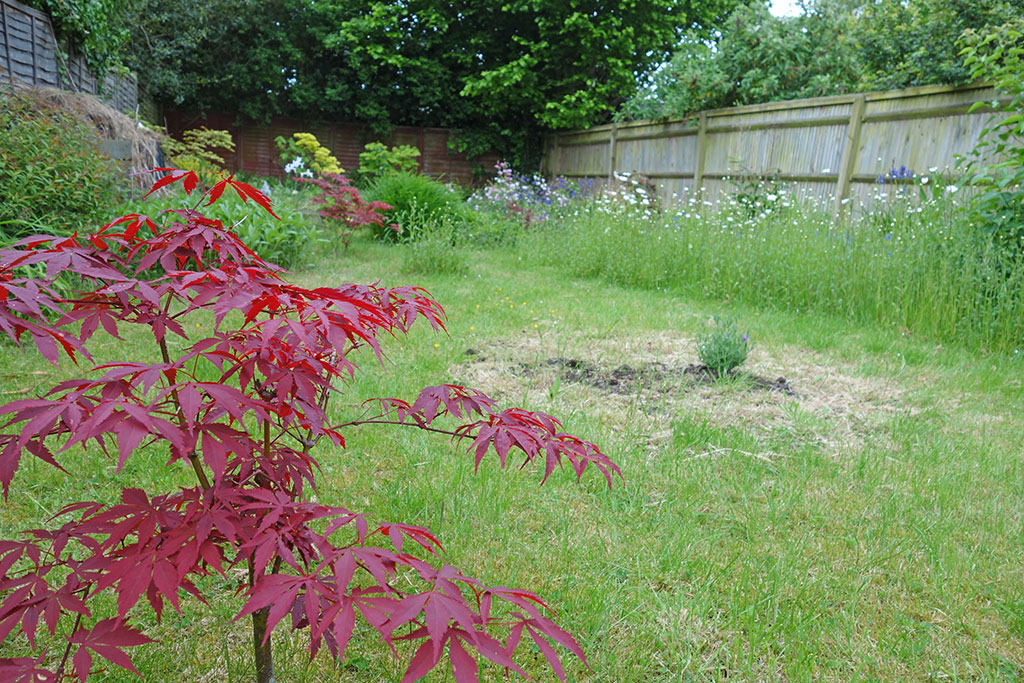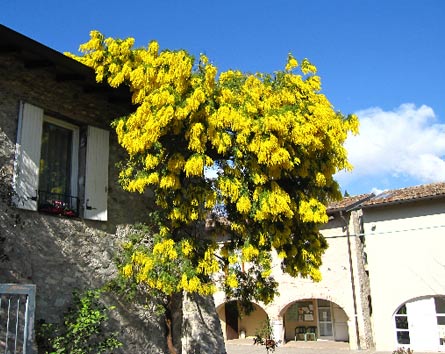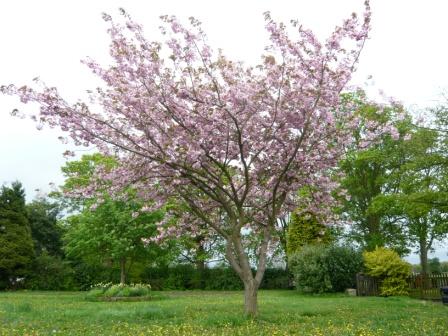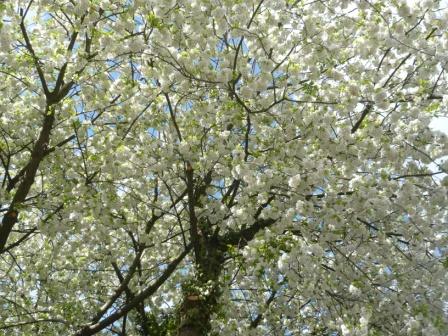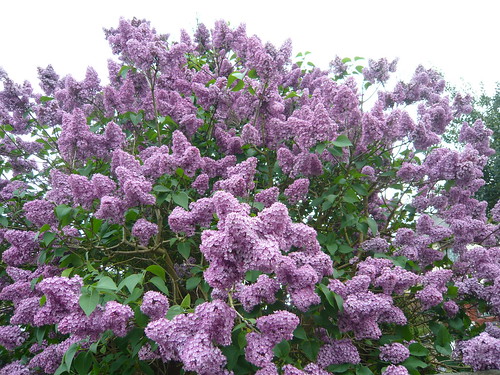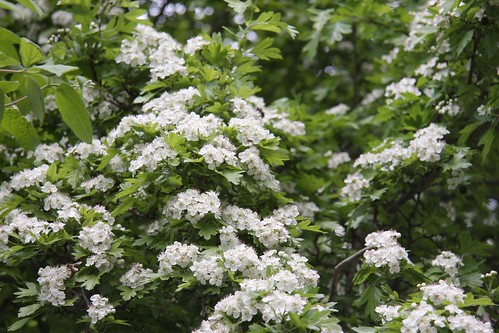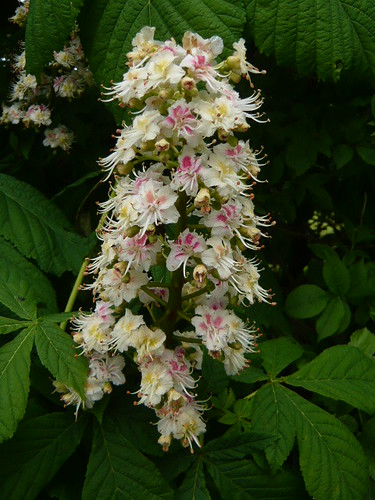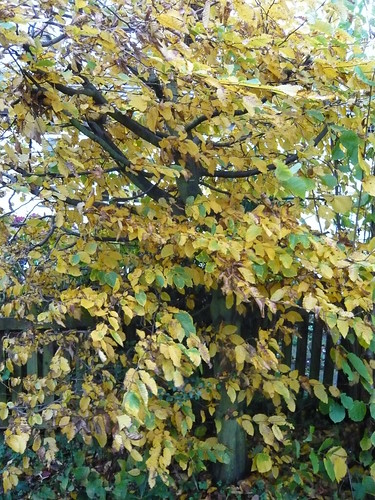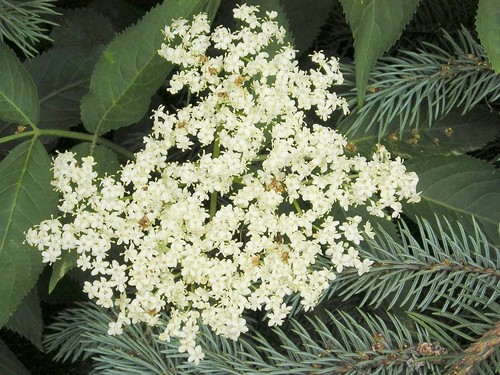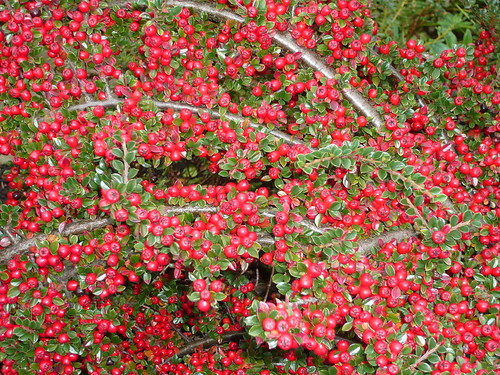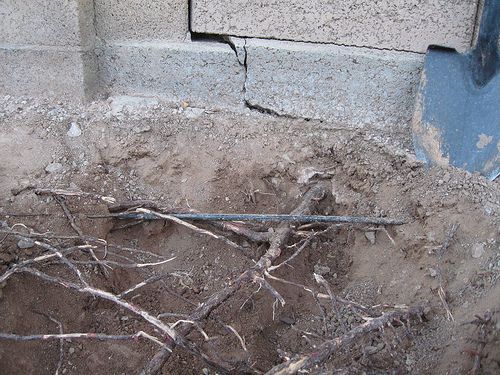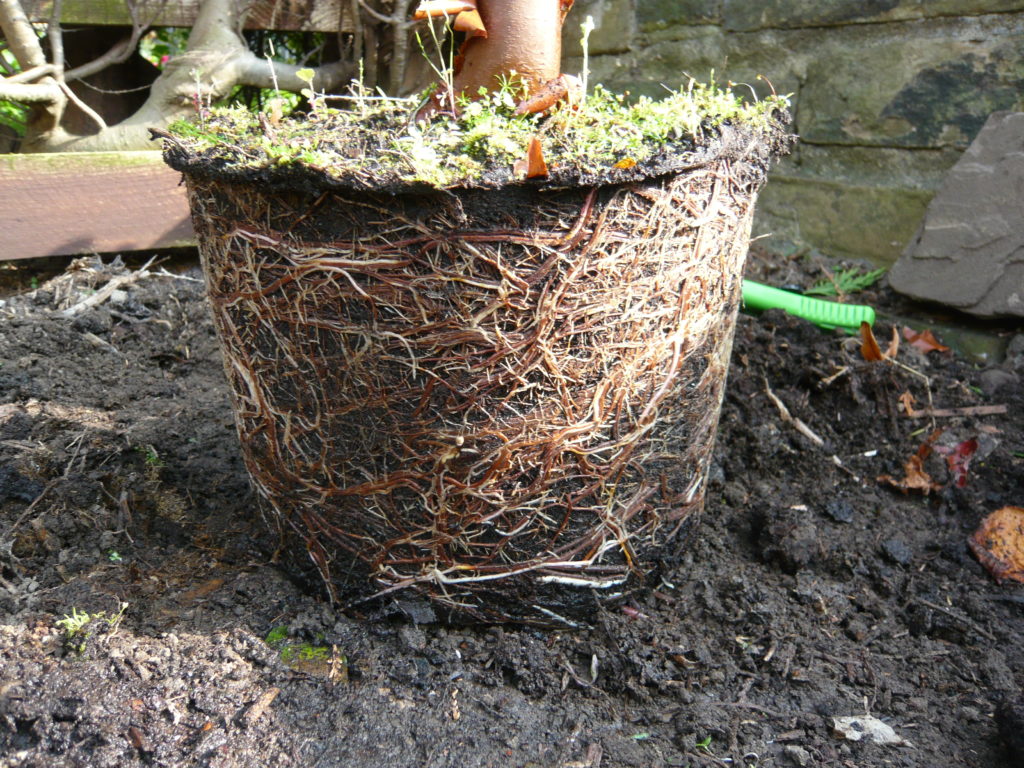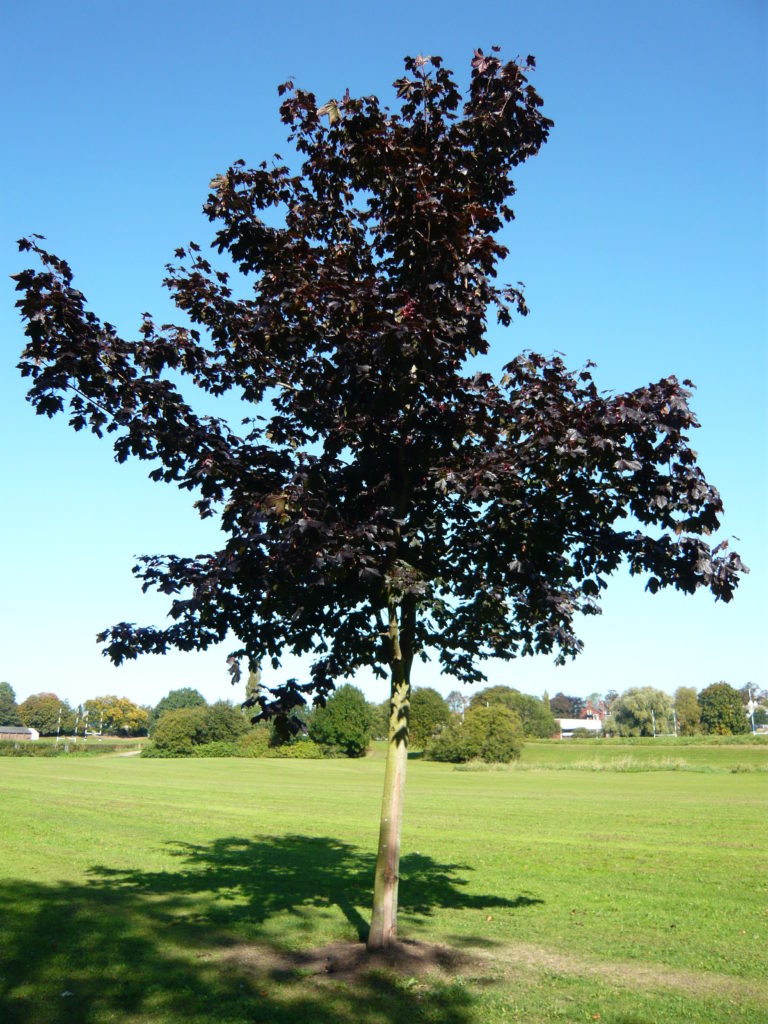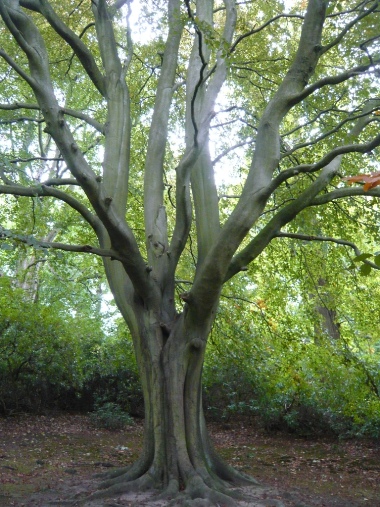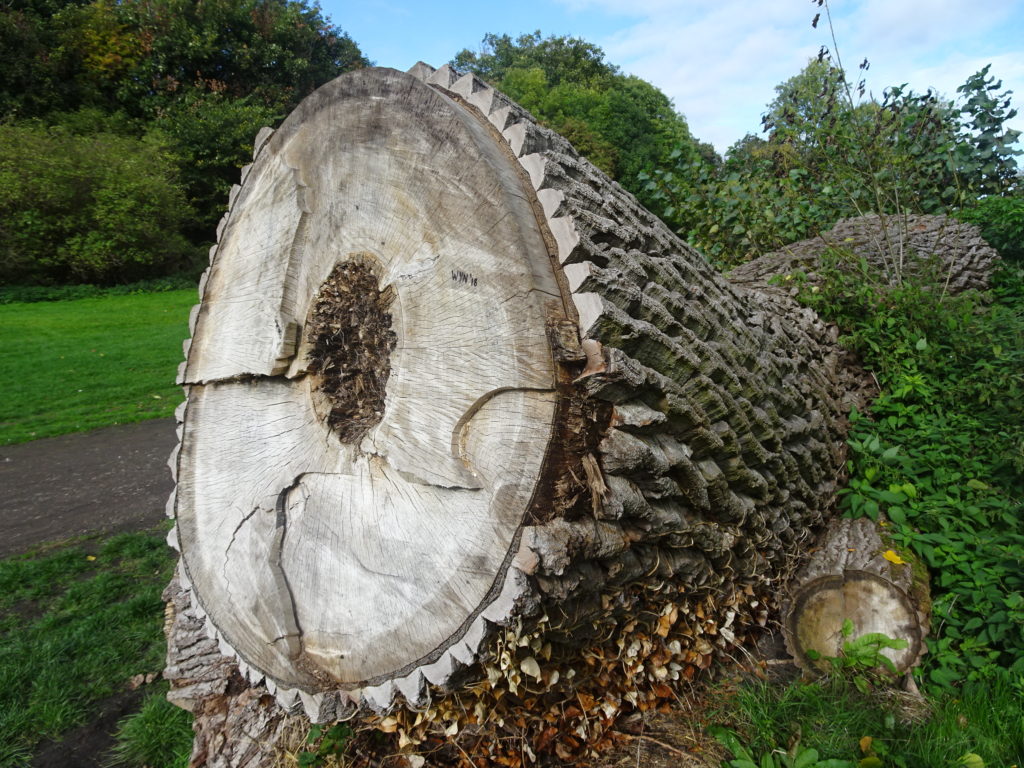Best British Trees Reviewed
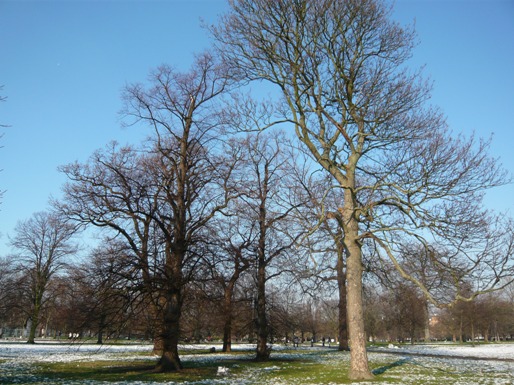
Our series of tree reviews covers exotics and UK trees with a few specials thrown in. Each separate post covers;
- Latin names and other common names
- Height, uses and normal distribution. –
- Type of tree – Evergreen/ Deciduous – dictoyledons, monocotyledon, Conifer etc
- Description of Leaves, Flowers, Fruit and bark –
- Family links, varieties and near relatives –
Below are links to a dozen British natives with short descriptions.
English Oak
Top of most lists for great British Trees. Our list of tree reviews is no different, Oak is the tops!
Rowan – Mountain Ash
The trees can be quite singular in appearance when shaped by wind on high moors and mountains.
Beech
From the copper coloured leaf to solid green hedges the Beech deserves a place in most gardens.
Silver Birch
Seem to be growing everywhere you look with some very distinctive varieties like Jacquemontii.
Horse Chestnut
Brought to England by William the Conqueror (no not really the conkers were there first).
Norway Spruce
Despite containing a foreign country name this Spruce grows freely on Forestry Commission land in the UK.
Hawthorn
Ideal for hedgerows and feeding birds. May blossom in May maybe.
Lime or Linden
a useful ornamental for parks and large gardens.
Hornbeam
Grows well in my garden and trains easily into a shapely tree.
Sycamore
Related to the other Acers but I would let someone else grow Sycamore on their land. (not my favourite)
Larch
A fast growing deciduous conifer good in forests.
Yew
Longest lived and slowest growing British tree synonymous with church yards and pagan worship.
Ash
Along with the Oak and the bonny Rowan tree the Ash is justly popular.
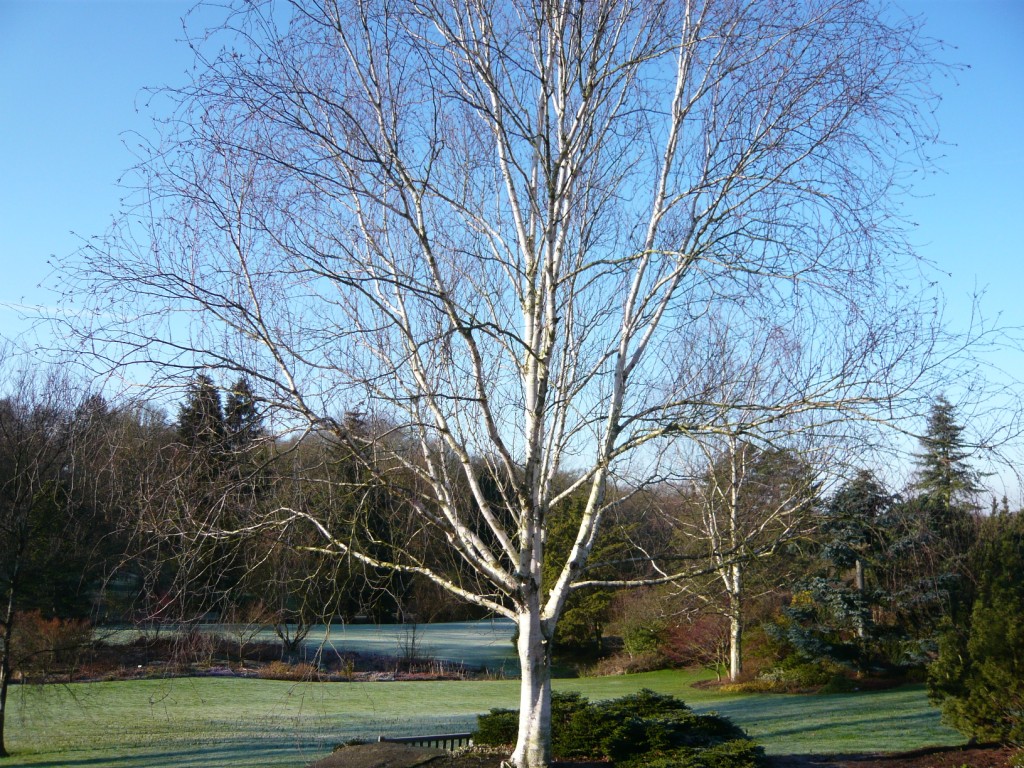
Notes
- This completes our bakers dozen of British trees. If you want to learn more click on each link.
- If you want to look for a different tree, type in the common or Latin name in our Google search box.
- Please feel free to leave a comment or make a request on tree or garden related matters.
- For more information of tree leaf shape design and function read this section.
Tree Organisations and Links
Woodland Trust
The Arboricultural Association
International Society of Arboriculture UK
